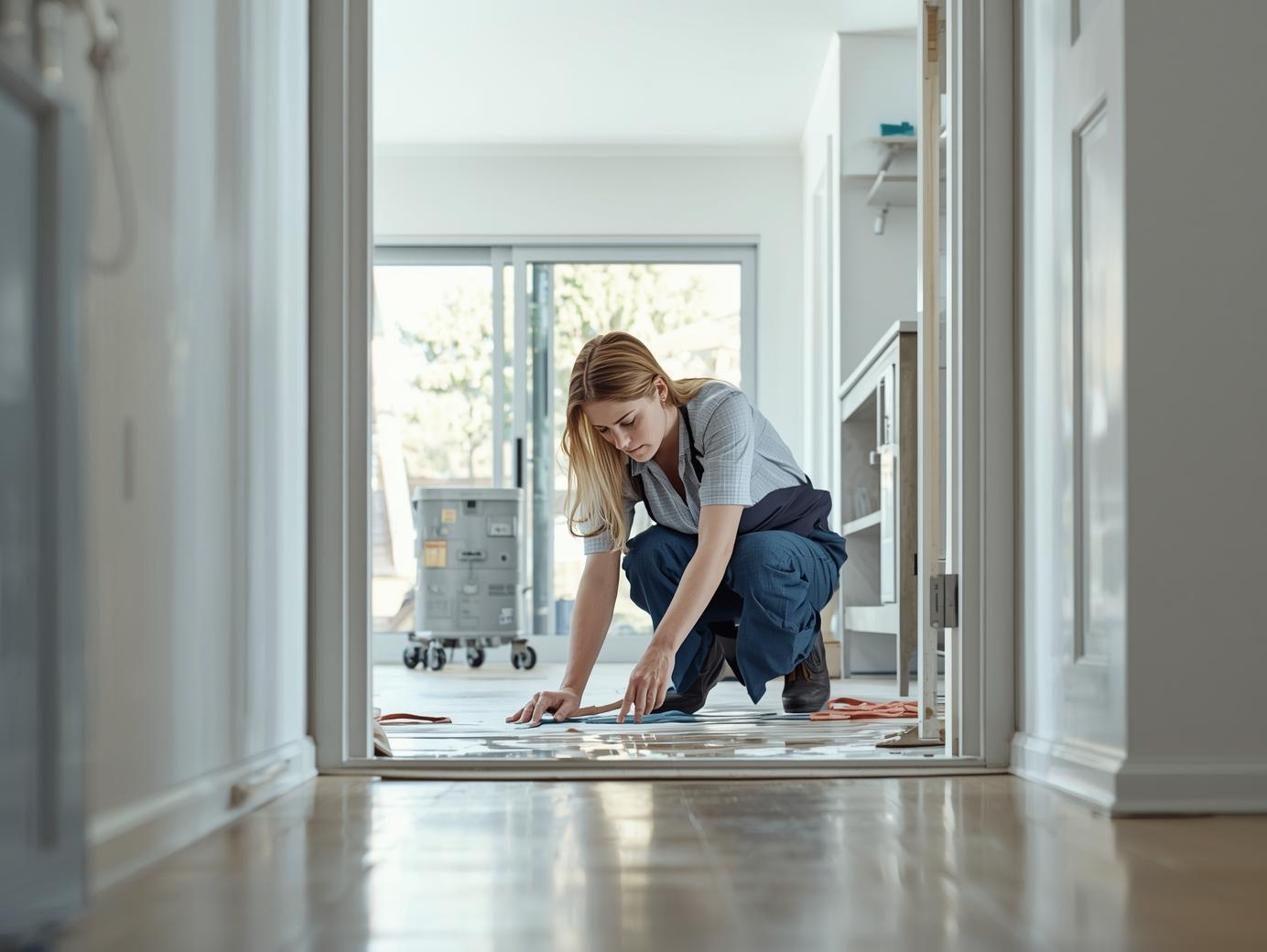
Understanding Different Types of Water Damage and Restoration Methods
- 27 Sep, 2025
Water damage comes in many forms, each requiring specific restoration approaches and safety considerations. Understanding the different categories and types of water damage is essential for property owners, insurance adjusters, and restoration professionals. This comprehensive guide explores the various classifications of water damage and the appropriate restoration methods for each type.
Water damage is typically categorized into three main classes based on contamination levels. Category 1 water damage involves clean water from sources such as broken water supply lines, tub or sink overflows, or appliance malfunctions. This type of water damage poses the least health risk and is generally the easiest to restore. However, even clean water can cause significant structural damage if not addressed promptly.
Category 2 water damage, also known as gray water, contains significant chemical, biological, or physical contaminants. Sources include washing machine overflows, toilet bowl overflows with urine, and sump pump failures. This type of water damage requires more extensive cleaning and disinfection procedures. Professional water damage restoration companies have the expertise and equipment to handle gray water safely and effectively.
Category 3 water damage, or black water, is highly contaminated and poses serious health risks. This includes sewage backups, flooding from rivers or streams, and water that has been standing for extended periods. Black water contains harmful bacteria, viruses, and other pathogens that can cause serious illness. Only certified professionals should handle Category 3 water damage, as it requires specialized protective equipment and extensive decontamination procedures.
Water damage is also classified by the extent of saturation and the materials affected. Class 1 damage involves minimal water absorption, typically affecting only a small area with low-permeability materials. Class 2 damage affects entire rooms with significant water absorption into structural materials. Class 3 damage involves water absorption from overhead sources, saturating walls, ceilings, and insulation. Class 4 damage requires specialized drying techniques for materials with very low permeance.
Flood damage repair requires different approaches depending on the water source and contamination level. Freshwater flooding from storms or broken pipes may be easier to restore than saltwater flooding from coastal areas. Saltwater can cause additional corrosion and requires specialized cleaning agents to remove salt deposits from building materials and contents.
Emergency flood experts understand the importance of rapid response and proper categorization. They begin by assessing the water source, contamination level, and extent of damage to determine the appropriate restoration approach. This assessment guides all subsequent actions, from safety protocols to equipment selection and drying strategies.
Professional water damage repair involves several key steps regardless of the damage category. Water extraction is the first priority, using industrial-grade pumps and extractors to remove standing water quickly. Structural drying follows, using dehumidifiers and air movers to remove moisture from building materials. Content restoration may be necessary for damaged belongings, while mold prevention measures help prevent secondary damage.
When searching for the best water damage restoration companies near me, look for companies that understand these different categories and have experience with all types of water damage. They should have the appropriate equipment for each situation, from basic water extraction tools to specialized decontamination equipment for Category 3 damage.
Flood restoration services must be tailored to the specific type of damage encountered. For example, sewage backup restoration requires different procedures than storm flood restoration. Professional companies develop customized restoration plans based on the water category, damage class, and specific circumstances of each incident.
Prevention strategies also vary depending on the potential water damage sources. Properties in flood-prone areas may require different protective measures than those at risk of plumbing failures. Understanding these differences helps property owners implement appropriate prevention strategies and respond effectively when damage occurs.
Regular maintenance and inspection can help prevent many types of water damage. This includes checking plumbing systems, maintaining gutters and drainage, and ensuring proper grading around foundations. However, when water damage does occur, understanding the different types and appropriate restoration methods is crucial for successful recovery.
